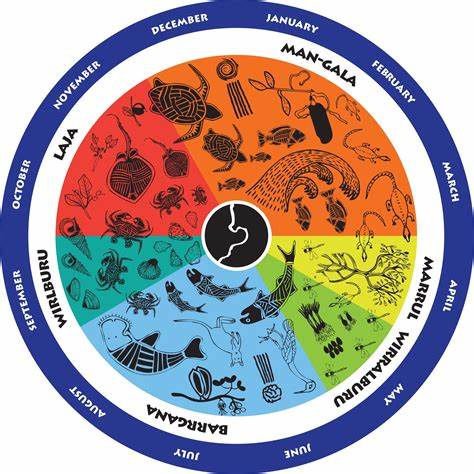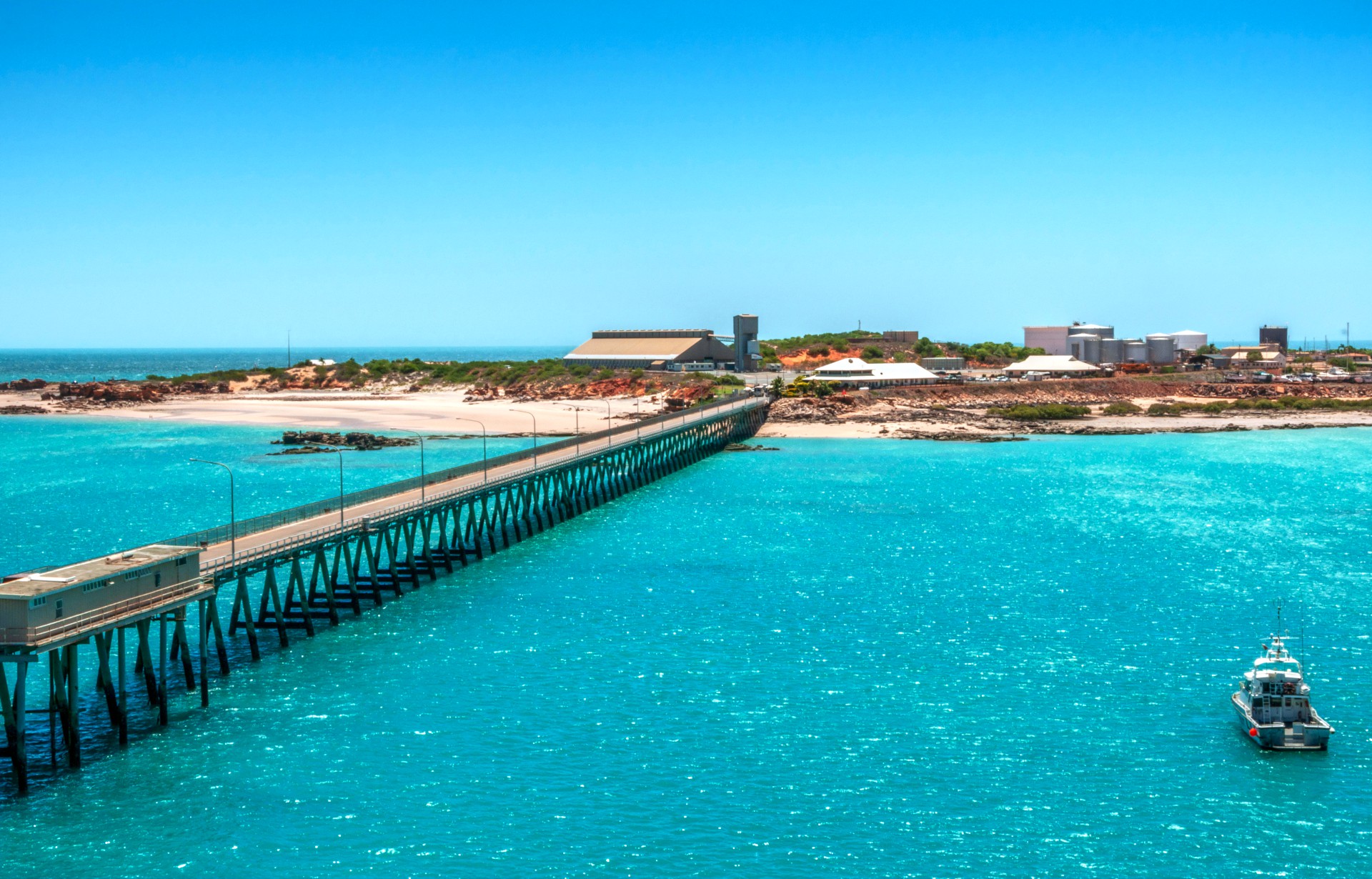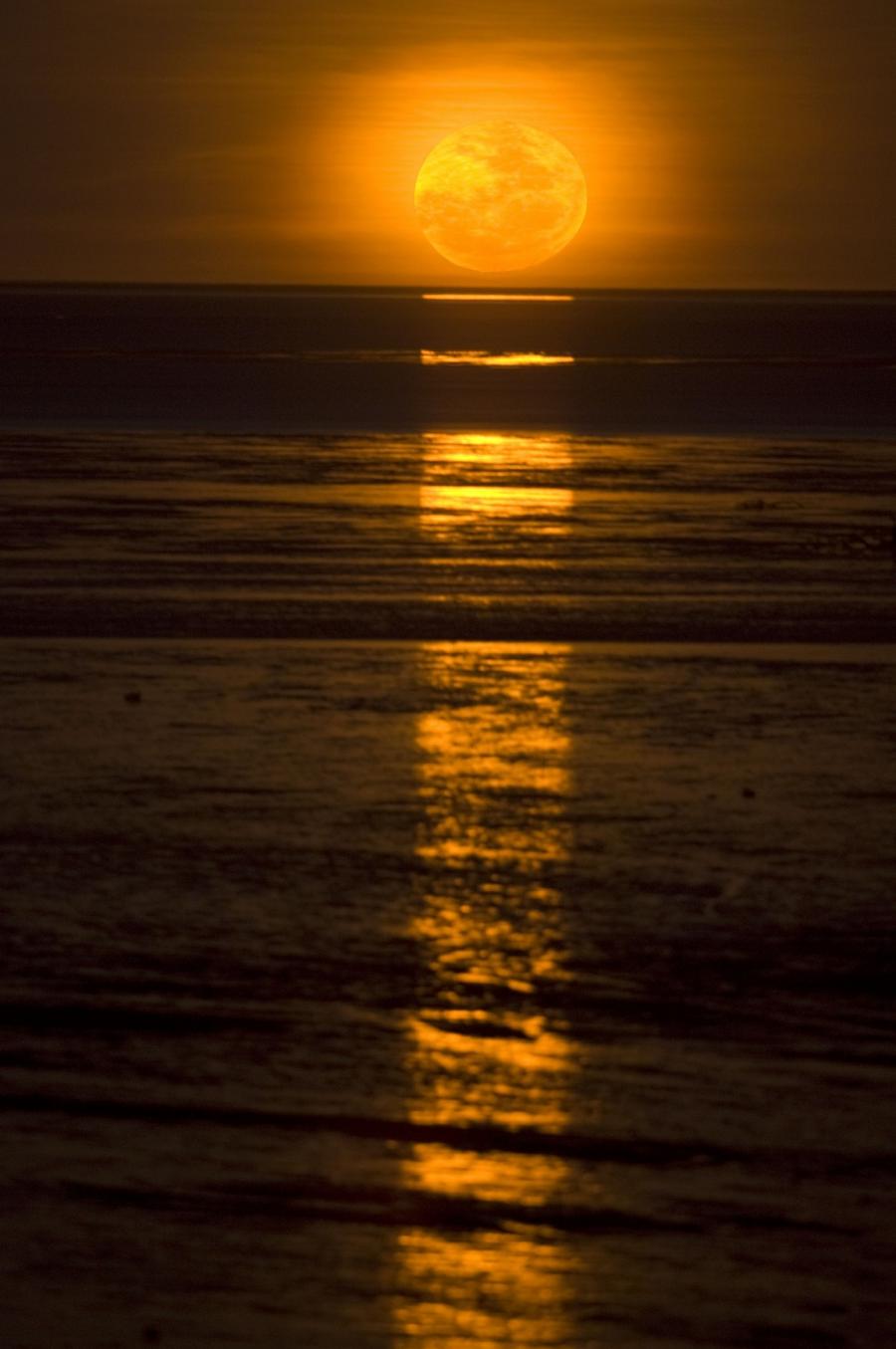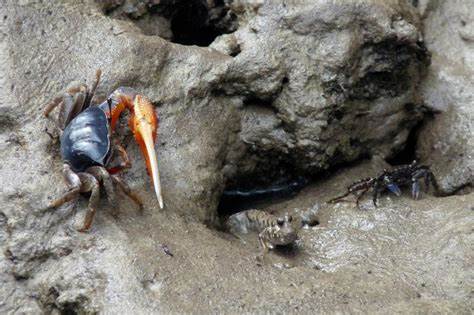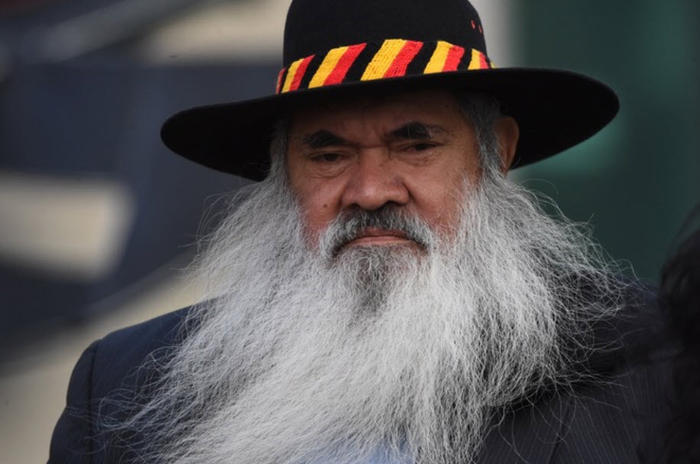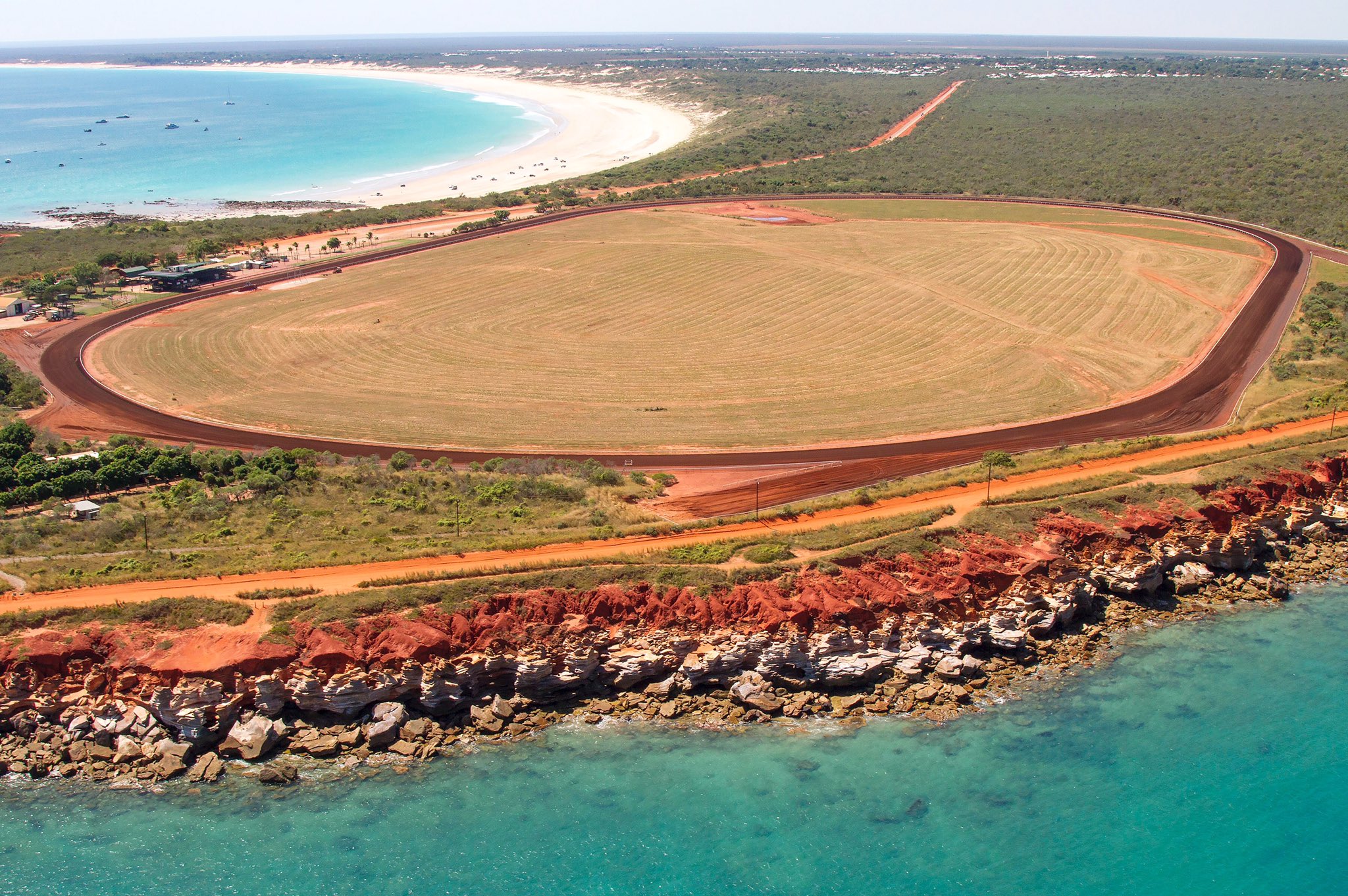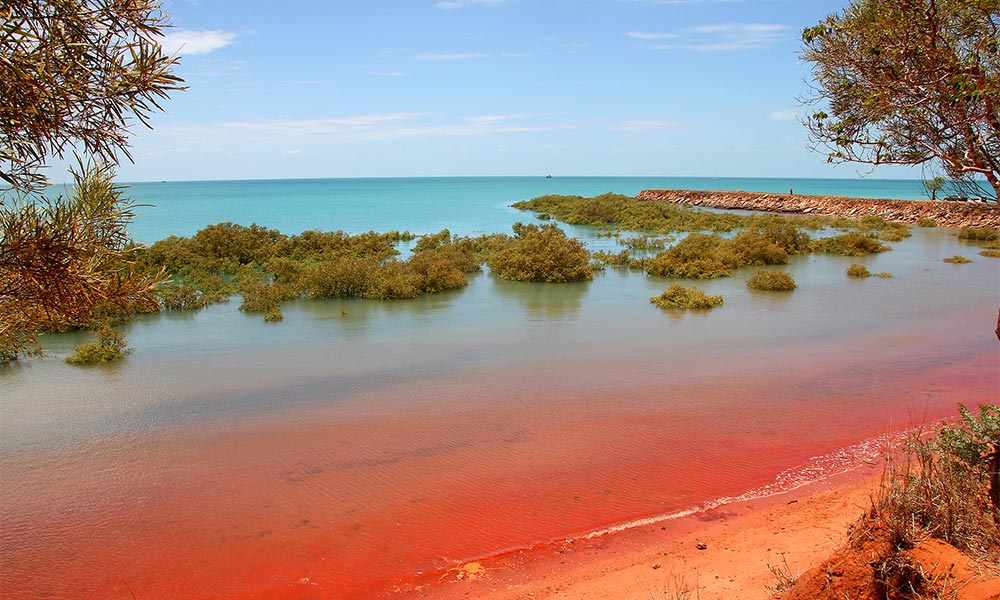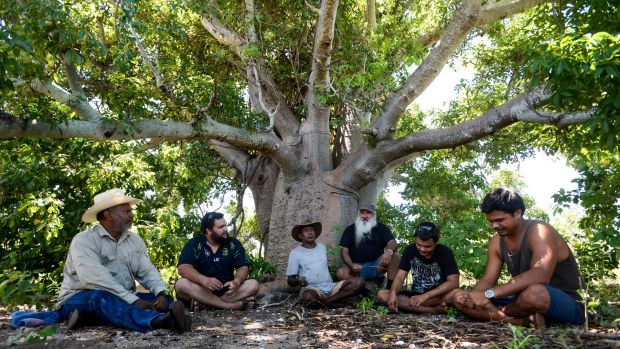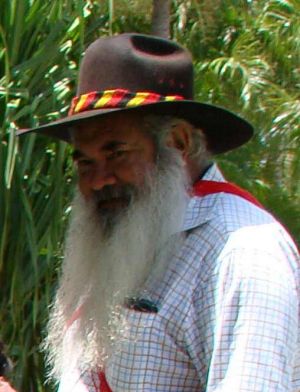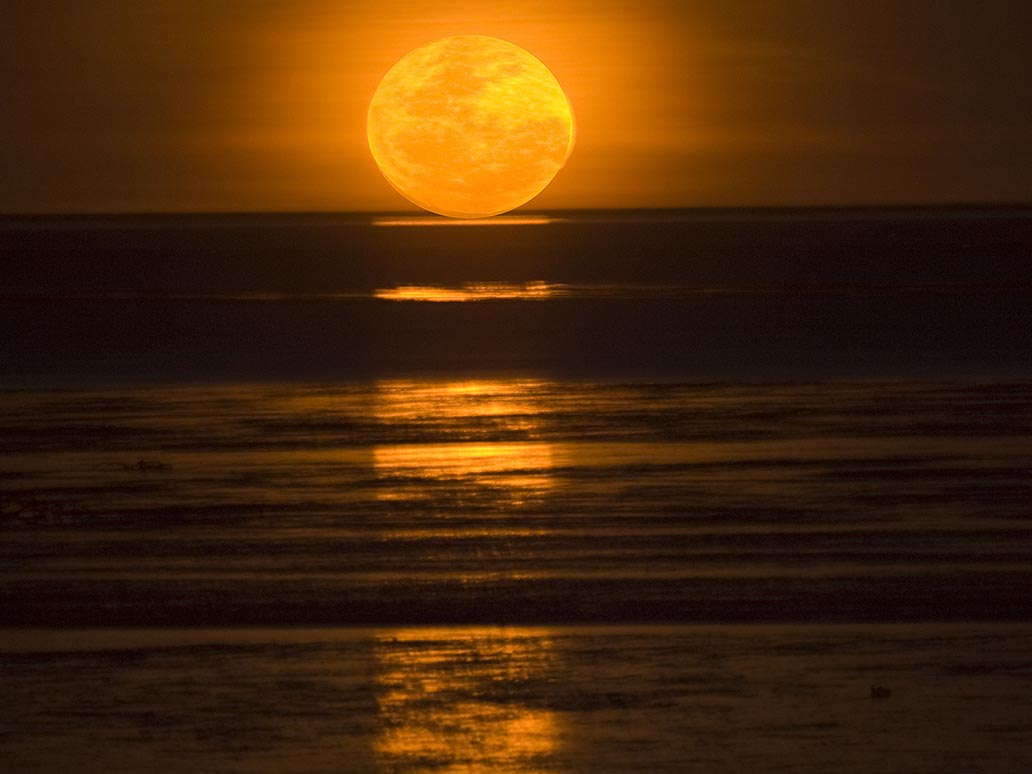
AsianOverland.net
Tour Guide - Itinerary
Asian Overland Sydney to London
Started 22/06/2022 Finished 21/06/2023365 Days ITINERARY
Day 21 date 12/07/2022JUKKAN GORGE to BROOME, THE KIMBERLEY
ASIANOVERLAND.NET SYDNEY TO LONDON DAY 21: JUKKAN GORGE TO BROOME, THE KIMBERLEY
Broome (Rubibi to the Yawuru people), is a coastal, pearling and tourist town in the Kimberley region of Western Australia, 1,700 km north of Perth. The estimated population is about 14,000, the largest town in the Kimberley.
Broome is on the traditional lands of the Yawuru people, whose country, much of it open saltmarsh, encompasses the eastern shores of Roebuck Bay and south of Roebuck Plains to within 5 miles of Cape Villaret. Their inland runs to Mandikarakapo (Dampier Downs). Norman Tindale's overall estimate of their country is roughly 5,400 km2.
Town Beach is part of the shoreline on the eastern end of the town, where a receding tide and rising full moon combine to create the 'Staircase to the Moon', a stunning natural phenomenon.
On "Staircase to the Moon" nights, a food and craft market operates on Town Beach, with great local art, crafts and food. Kangaroo-skin hats (Pat Dodson style) are popular, and very useful for travelling the Kimberley.
Roebuck Bay is of international importance for the millions of migrating waders or shorebirds that use it seasonally on migration through the East Asian – Australasian Flyway from their breeding grounds in northern Asia. They feed on the extensive intertidal mudflats and roost at high tide on the red sand beaches of the bay. The largest numbers are in summer, but many of the younger birds remain throughout their first and second years of life. The Broome Bird Observatory, sited in pindan woodland close to the northern shore of Roebuck Bay, was established by Birds Australia in 1988 to study the birds, learn how to protect them and educate the public about them.
A mixed black flying fox and little red flying fox colony of around 50,000 megabats lives all year in mangroves next to Broome township's Streeter's Jetty. They chatter and socialise loudly before flying out at dusk each evening. The bats are key pollinators and seed dispersers for native trees and plants.
For Yawuru people, the bugarrigarra ('time before time' ) is still present in its creative force, governing social relations, informing the way one interacts with the sea and traditional country, and securing the well-being (liyan) of the community (ngarrungunil).
The traditional kinship structure, also typical of other First Australian Nations such as the Karajarri, Nyikina and Mangala, is fourfold, consisting of the Banaga and the Burungu, the Garimba and the Barrjarri, the first two in each case form the binary unit of optimal marriage choice. Children assume their kin-tribal identity through their mother. A child born to a Banaga father and a Burungu woman is classified as Barrjarri, while a Garimba woman married to a Barrjarri man produces Banaga offspring.
The Yawuru recognize six seasons in a year, the main ones being:
the dry cold season (Barrgana) coincides with a change of fishing from the open sea to the native salmon in creeks;
the Laja period, September to November, called "married turtle time" where large caches of eggs can be harvested from the beaches, as well as reef fishing;
the humid Marrul period follows, fishing for whiting, trevally, queenfish and mullet.
The Yawuru are a coastal people whose basic diet consists of seafood - fish, turtles, stingrays, dugong, crabs and mangrove shells
- but also sand monitors, flying foxes, and bush food foraged in the semi-arid pindan scrub country, divided into edible bush fruits for which they have over 90 terms, covering wattle seed and native tubers, to wallabies, goanna and varieties of birds from native hens and crested pigeons to the bush turkey. Maritime fruits are cooked by heating them in a baler shell over hot coals.
Maritime hunting tools include fishing spears, fishing boomerangs, fish-stunning poisons (bunjuda), nets made of massed grass sheaves (marukutju:n) shoved through waters to corner fish, and rock ponds fenced with stakes made from mangrove wood, whose base was woven with spinifex to trap fish in the huge tidal outflows. The timing for hunting stingrays starts with nyalnyala blossoms from a guardo tree, which correspond seasonally with stingray fattening.
© This work is copyright. Apart from any use permitted under the Copyright Act 1968, no part may be reproduced by any process, nor may any other exclusive right be exercised, without the permission of Peter Searle, peter@portseavillageresort.com; 1980-2024.
Website built by Justin O’Dea www.webdeveloperdocklands.com.au
